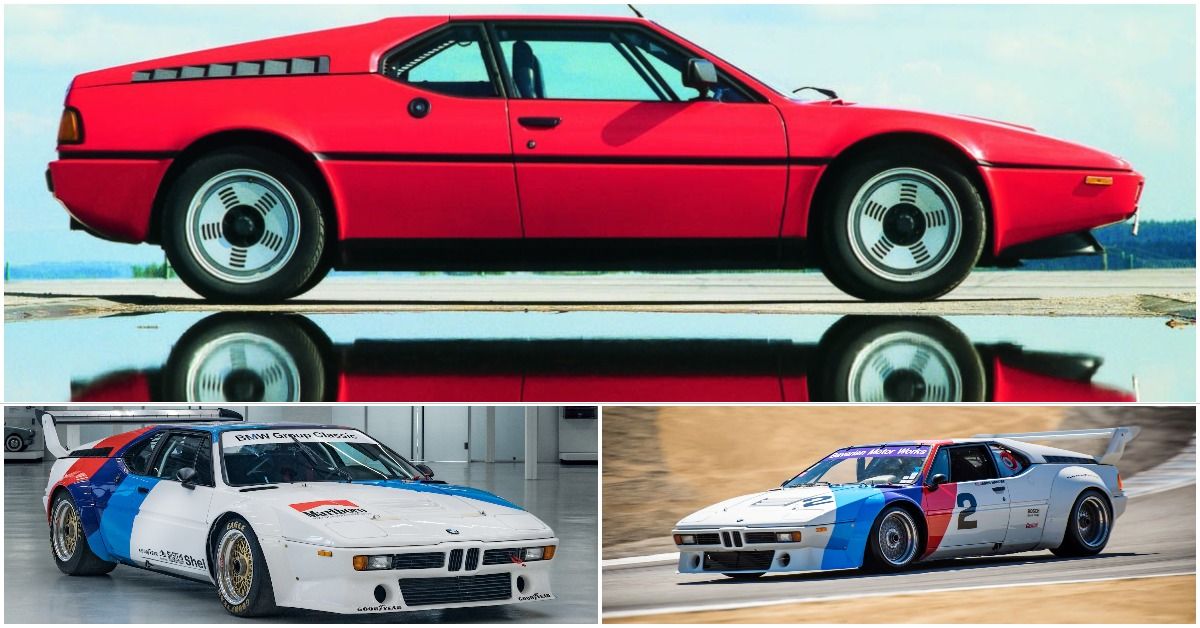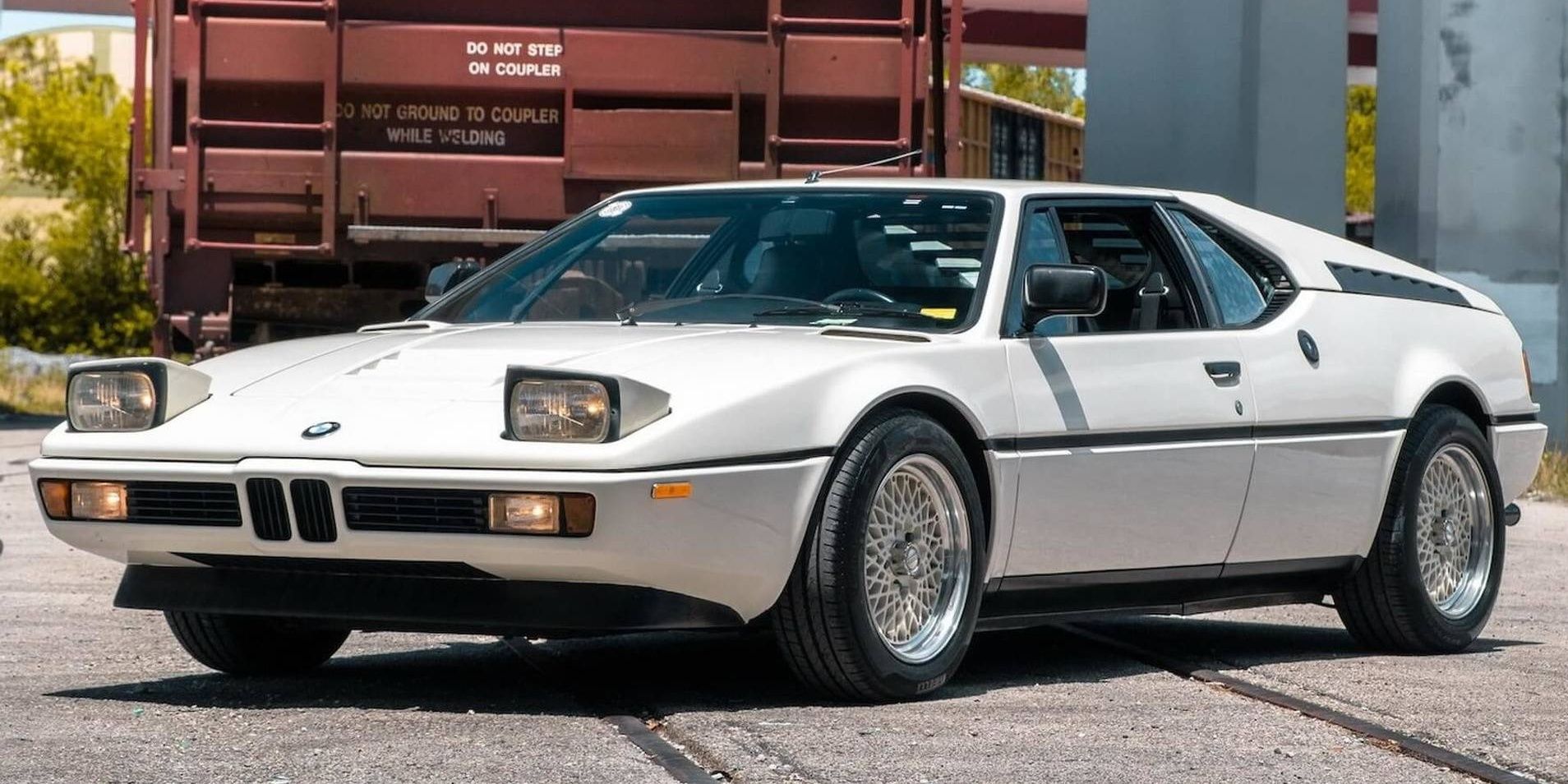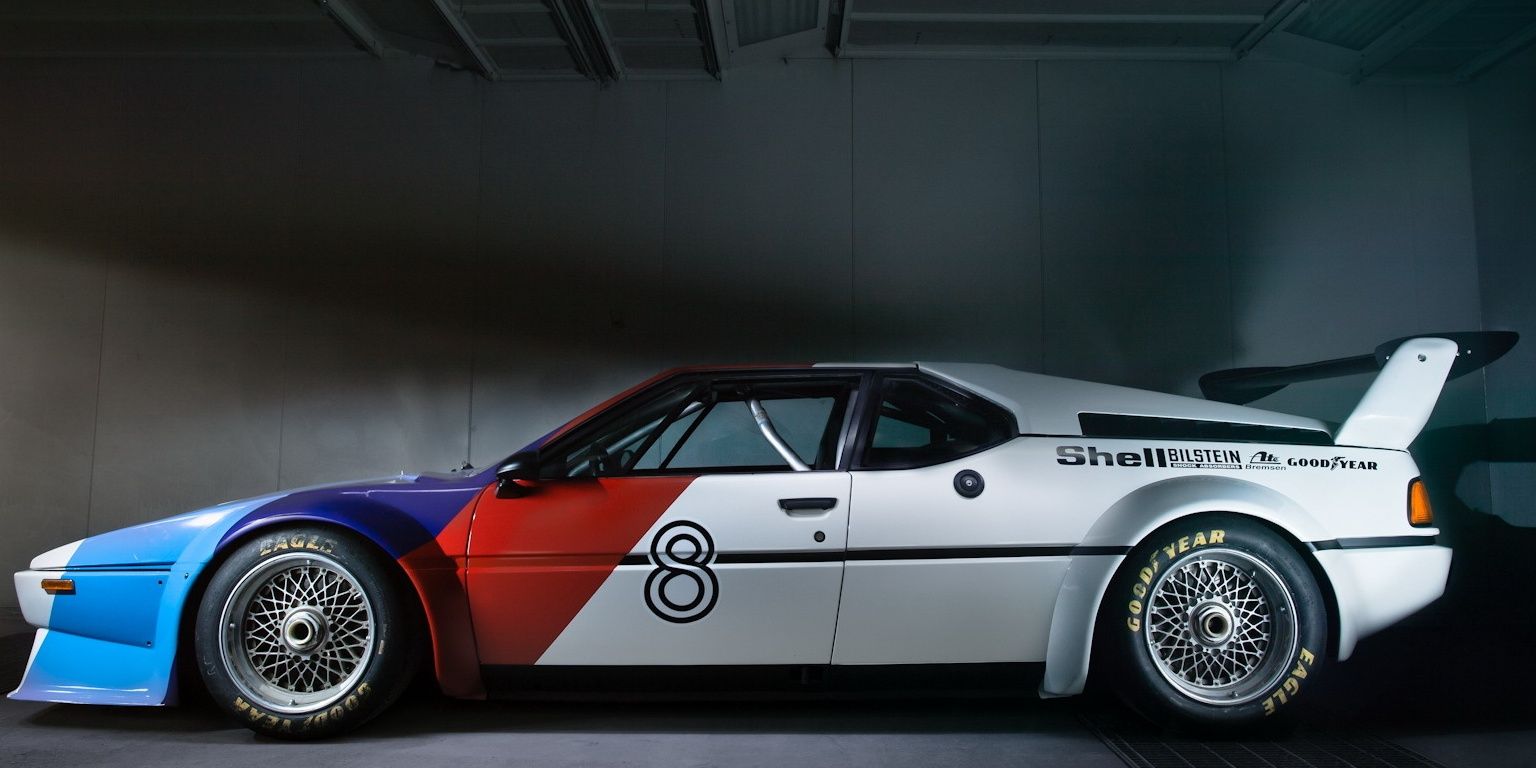Every automaker enters a phase once in a blue moon when they make something out of passion without caring too much about the rules or profits. For BMW, it was when they came up with the iconic M1 Supercar. BMW is not exactly known for performance cars and no one expected one from them either, but that perception changed when they dropped the wedge-shaped mid-engined M1 in the market. Exclusively built to run for races, M1 had been produced in very limited numbers. The performance car was expected to be valuable for the company, and a lot depended on its shoulders. It is pretty evident from how it was named: M which was used for important projects, and 1 that signified its priority. It is not always that a car is built as an art, and that shone through and through in every aspect of the BMW M1 Supercar.
BMW M1 was a mid-engine sports car manufactured and sold to the public by the German carmaker between 1978 and 1981. Fun fact: the model can not be called entirely German as there was a massive contribution from the Italian designers too, most notably Gianpaolo Dallara (an ex-employee of Lamborghini) and Giorgetto Giugiaro (the founder of Italdesign). M1 was the first-ever mid-engined performance car from BMW that was mass-produced which makes it even more special. However, despite all the original intentions of taking the M1 Supercar to race, unfortunately, M1 could never really do that on a large scale. A doomed racing career and a few other significant reasons meant an abrupt end to this gem of a car. M1 was discontinued in 1981 after a brief moderately successful stint. However, the BMW M1 once again proved that sliding out of the comfort zone every once a while does redefine the entire identity of the brand (for good or for bad, we shall leave you to decide).
Way ahead of its time, BMW M1 is perhaps the most forgotten supercar from the past. It has all but disappeared from the mainstream media but loyalists will always have a special place in their hearts for this extremely rare and brilliant piece of automotive art.
If the idea of owning the BMW M1 Supercar sends chills down your spine, this is the right story for you. Kick back with a drink while we take you on a titillating flashback journey looking back at the glorious BMW M1 Supercar.
Features And Specifications Of The BMW M1
Studded with a potent BMW 3.5-liter DOHC straight-six engine that churned 274 horsepower at 243 lb-ft of torque, mated with a five-speed ZF manual transmission, the BMW M1 Supercar won many hearts. M1 was equipped with a 40% locking limited-slip differential and its top speed touched 162 mph. It hit zero to 60 miles in 5.5 seconds, as per Auto Express. A wedge-shaped body featuring huge gullwing doors, bulging fenders, gradient color scheme, and aggressive looks were the major highlights of the hand-built exterior. The interior was minimalistic but plush, clearly designed for racing. The sports car offered superb handling and suspension filled with optimum control and precision. According to Car and Driver, M1 Supercar had the best steering control ever encountered in a streetcar. With just 453 pieces around the globe, M1 is one of the rarest BMWs to exist.
History Behind The BMW M1 Supercar: The Rise And Fall Of A Star
Back in the 70s, BMW joined hands with Lamborghini to manufacture a production racing car. However, the partnership fell through soon enough and BMW decided to produce the car themselves. The model was the brainchild of Jochen Neerpasch, the head of the BMW Motorsports division. Jochen had wanted to build a mid-engine car exclusively for competitive racing for a long time, specifically to run against Porsche, their arch-rival in the Group 5 racing. With this idea, BMW partnered with Lamborghini to produce the sufficient number of cars required for homologation in the stipulated time frame. The chassis of the M1 was designed by Lamborghini, the suspension was engineered by Gianpaolo Dallara and the fiberglass body by Giorgetto Giugiaro. Even though M1 was primarily designed by Italians, its heart belonged to BMW. After building seven prototypes, Lambo tore off the collaboration, and BMW took over the project control.
Some say that BMW was struggling to survive after World War II and the M1 Supercar was a desperate attempt to keep the ground underneath their feet. However, we beg to differ. Desperate people do desperate things and the M1 Supercar does not look like a slapdash assembly from any angle, instead, it looks like an exquisite result of a leisurely art brimming with passion. Unfortunately, before M1 could gain some ground, silhouette cars became obsolete by 1980 and BMW had to shut down the lineup.
The BMW M1 Supercar has acquired a cult classic status over time and has become an incredibly expensive collector’s car. Although M1 could not survive long to see its success it has certainly left a mark inside the heart of every loyal fanatic and it would never fade away.



